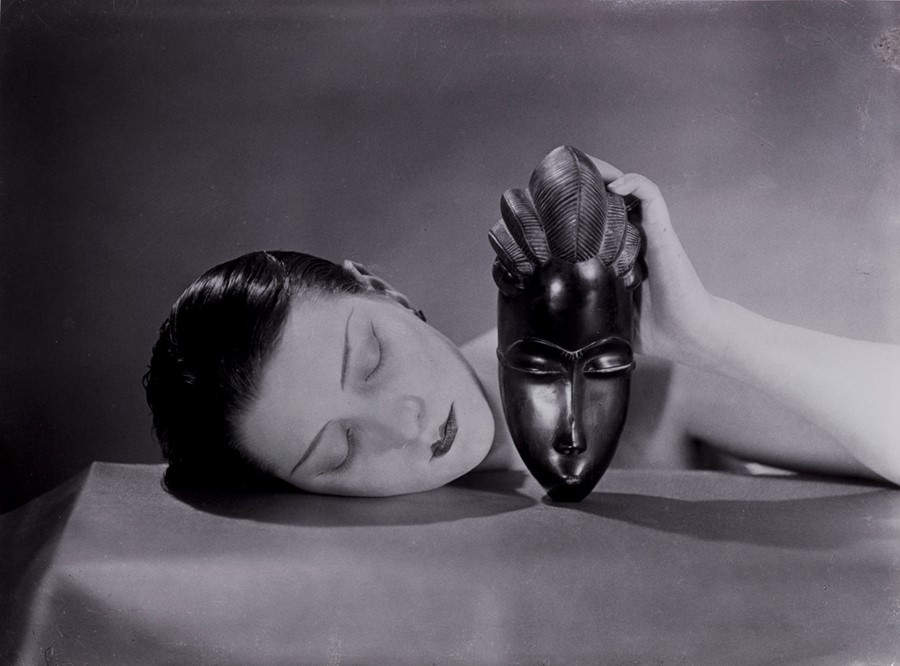Revealed: the muses behind some of the world's greatest masterpieces
Behind many of the world's greatest works of art, lies a great muse; they stare back at you, their faces often more recognisable than those of the artists themselves. "I had only to open my bedroom window, and blue air, love, and flowers entered with her," Marc Chagall famously said of his wide and muse Bella Rosenfeld, echoing the sentiments of many a creative mind when it comes to the women (and men) who most capture their imagination. Sometimes this is a wife or husband, at other times a covert lover but one thing is certain: when an artist and subject become professionally and intimately intertwined, more often than not magic occurs. Here, we present some of art history's most memorable mistresses and the artists, and artworks, they inspired – from the beauty behind Manet's Olympia to Salvador Dalí's beloved Gala.
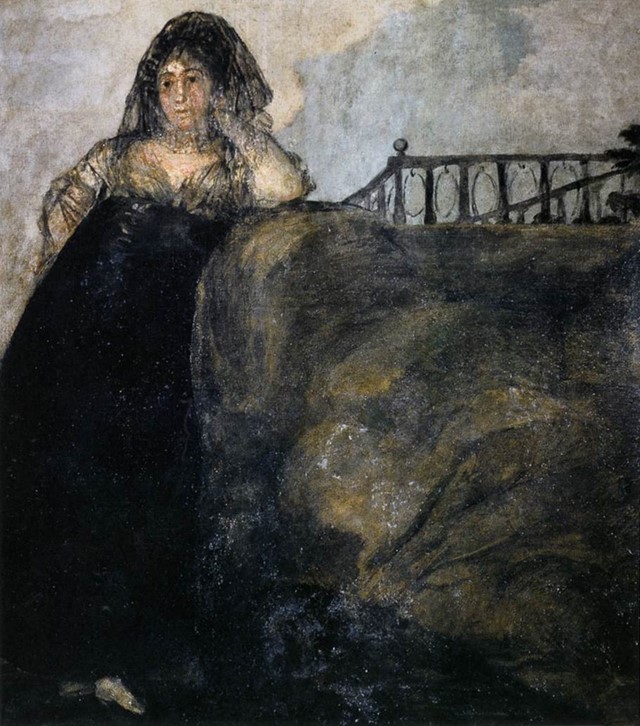
Leocadia Weiss
Francisco Goya's late painting La Leocadia (1823) features his lover, Leocadia Weiss, in mourning attire. 35 years his junior, Weiss was formally employed as the deaf artist's housekeeper and lived and cared for him until his death. Many details of their life together are uncertain, including whether he fathered one of her children, Rosario (b.1814), but what is certain is the lack of a happy ending: Leocadia was controversially left out of the painter's will and thereafter thrust into poverty, forced to sell the works that Goya had given her throughout his life.
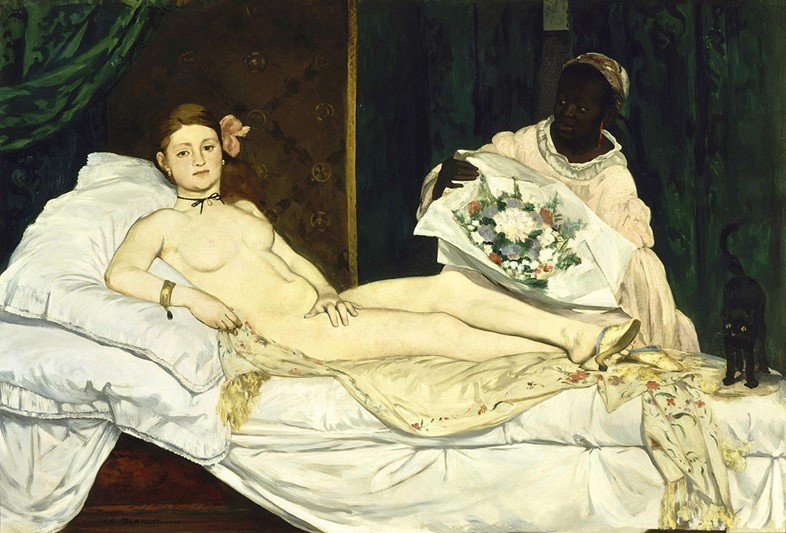
Victorine Meurent
Edouard Manet first spotted his muse on the street, carrying her guitar, and was lured by her diminutive figure and untameable red hair. At the time, Victorine Maurent was a model at the studio of Thomas Couture, and a musical performer at a few Parisian cafes. She first appeared in his 1862’s painting Street Singer, but is more famous for posing nude for his scandalous 1863 masterpieces, Le Déjeuner Sur l’Herbe and Olympia. For over a century considered the artist’s lover, some historians now argue that their relationship was strictly professional. A successful painter herself (she was selected to exhibit at the Paris Salon six times, including in 1876 when Manet’s work was rejected), she also modelled for Degas, Alfred Stevens (one of her lovers), and Toulouse-Lautrec. Unusually for the time, she used her own name.

Suzanne Valadon
Marie-Clementine Valadon started her career as a model in 1880, posing for many artists including Renoir (Dance at Bougival, 1883) and her lover Toulouse-Lautrec, who nicknamed her Suzanne and depicted her as a prostitute in The Hangover (1888), always refusing to marry her. A close friend of Degas, who always encouraged her to pursue art, she became known for her female nudes and eventually became the first woman artist admitted to the Société Nationale des Beaux-Arts.
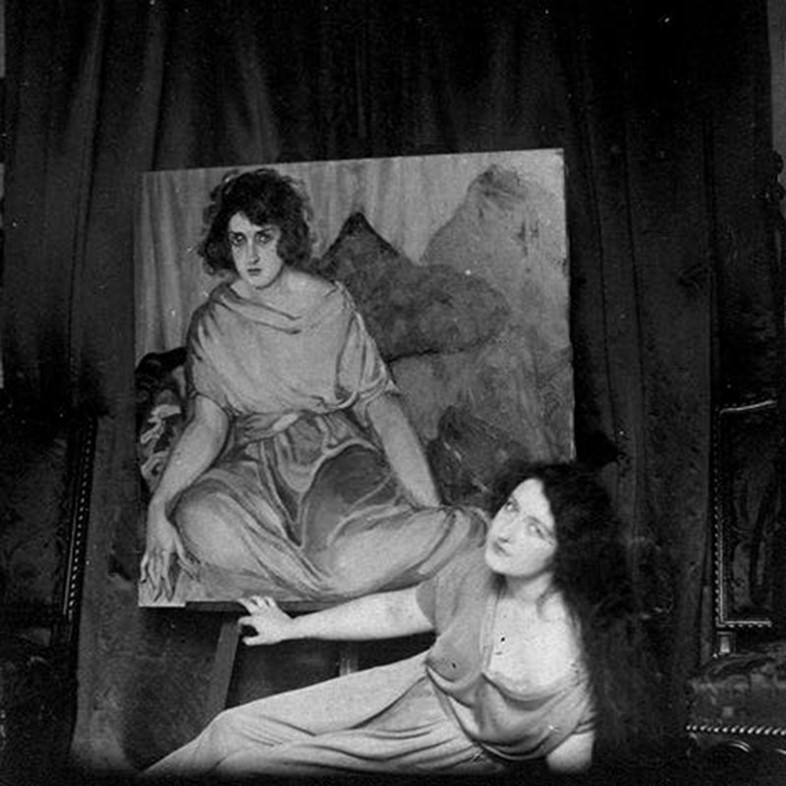
Ira Perrot
Following the October Revolution in 1917, 19-year-old Tamara de Lempicka and husband Tadeusz left Russia for Paris, where she started to pursue her artistic career. In 1921, the couple moved to a new flat and met their wealthy neighbour, Ira Perrot, who soon became de Lempicka's first female lover (others were performer Suzy Solidor and Duchess Marika de la Salle). Their relationship lasted for years, with Ira being the subject of several of the artist's 1920s paintings.

Kiki de Montparnasse
Alice Prin, known as the Queen of Montparnasse, was at the centre of Parisian bohemia in the 1920s. Raised in poverty, she moved to Paris when she was barely a teenager, took the nickname Kiki, and started posing nude for artists such as Alexander Calder, Jean Cocteau and Fernand Léger, while also selling her own paintings. Hemingway provided an introduction to her 1929 autobiography, Kiki's Memoirs, and for a few years in the 1930s she owned a nightclub, “Chez Kiki”. For six years, she was Man Ray's lover and muse, starring in several short films as well as hundreds of his photographs, including the iconic Le Violon D'Ingres. When he communicated his decision to leave her for his protegé, Lee Miller, she famously made a scene and threw plates at him in their local café.

Alma Mahler
Alma Maria Schindler's first kiss, at 17, was with Gustav Klimt, and she continued to surround herself with notable men thereafter. Born in Vienna in 1897, she was passionate about music, but stopped writing her own for about a decade once she became engaged to her first husband, composer Gustav Mahler. During their marriage, Alma had an affair with the man who would become her second husband, architect and future head of the Bauhaus Walter Gropius. They divorced after she became pregnant with the child of writer Franz Werfel, who would become her third husband. The only true love her life, however, was Expressionist artist Oskar Kokoschka, who over the years gave her seven fans as a token of his devotion (he described them as “love letters in pictorial form”). The Bride Of The Wind (1913) was also painted as a tribute to her, alongside some 450 works on paper and a poem, Allos Makar.
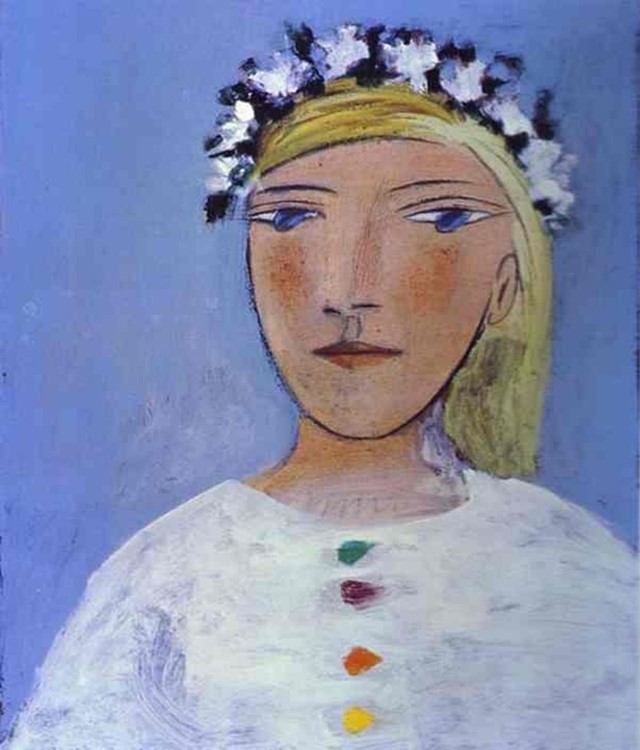
Marie-Therese Walter
Picasso’s love for women is well documented, and several long-term lovers appeared in his work. Marie-Threse Walter met Picasso in Paris at the age of 17 (he was 45 and married to his first wife, Russian ballerina Olga Khokhlova). Their relationship remained a secret until 1935, when Walter fell pregnant with their daughter Maya, and Picasso promptly moved on to his new mistress, photographer Dora Maar. In the years they spent together, Marie always lived next door to the artist and his family and modelled for him. She is credited with inspiring Picasso to move on from Cubism, and the most famous work she features in is probably 1932's masterpiece, Le Rêve.
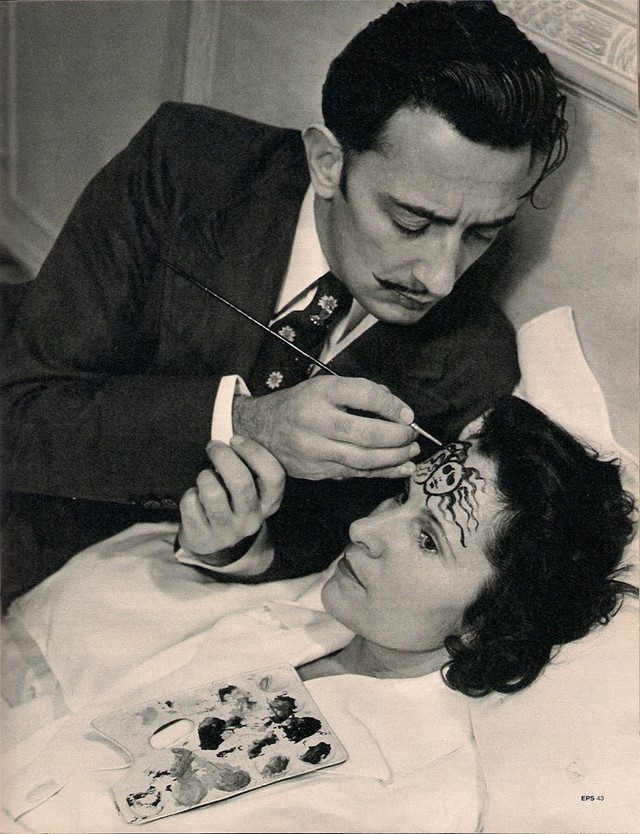
Gala Diakonova
17-year-old Gala Diakonova met Paul Éluard in Switzerland, and fell madly in love with him. They were married in 1917, and she was introduced to his fellow Surrealists, who considered her their muse. For a few years, the couple carried on a ménage à trois with artist Max Ernst. She left her first husband for Salvador Dalí, ten years her junior, after they met in Costa Brava. The duo married in 1958, Gala assuming the role of manager and muse to the artist for the rest of her life, despite taking on many other lovers.
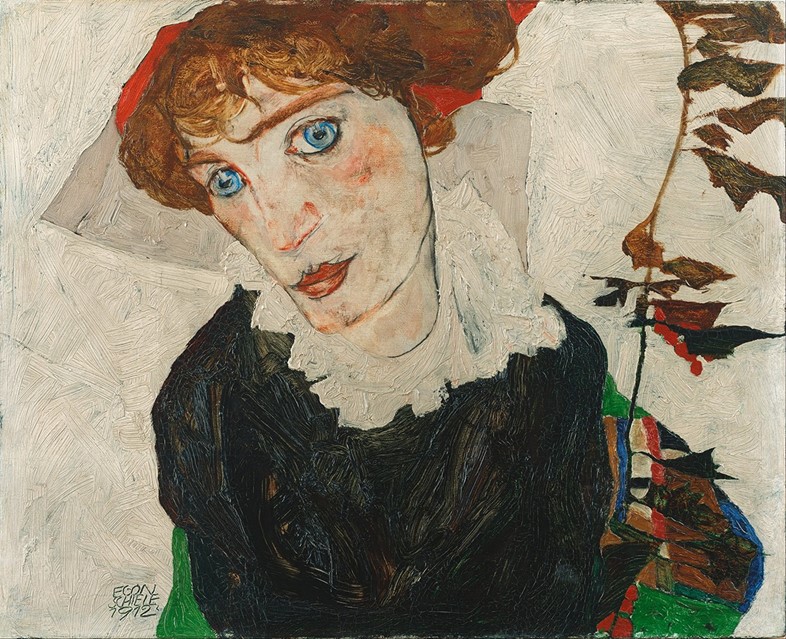
Wally Neuzil
Wally Neuzil met Egon Schiele in 1911, when she was working the streets of Vienna, and he recruited her as a model: after some time they became lovers and she moved into his flat full-time. This was a rather tumultuous period for the artist, who was accused and convicted of seducing a minor, as well as distributing pornography, and sent to prison, while she remained in charge of his business affairs. She is the Woman With Black Stockings (1913), and posed for countless more works. In 1915, Schiele abruptly broke up with her to marry a more respectable girl, Edith Harms.
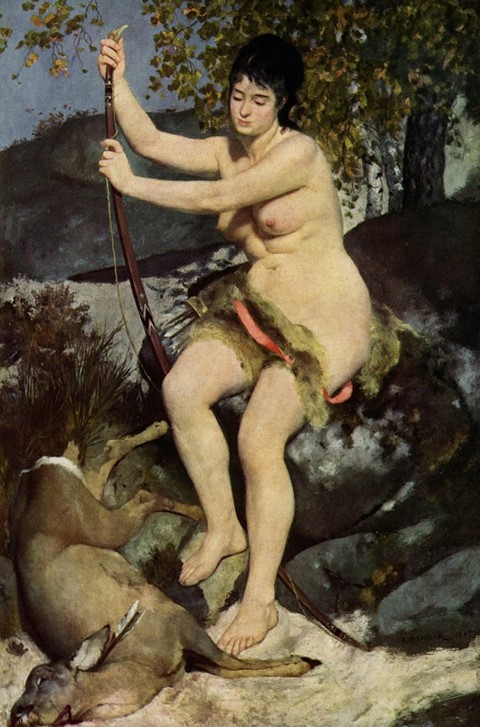
Lise Tréhot
Lise Tréhot and Auguste Renoir met in the forest at Fontainbleu. The Impressionist first painted her en plen air as a nude Diana, and she appeared in around 20 paintings in total: when the works were exhibited at the Paris Salon, the press compared her to a big soft cheese, with one paper even publishing a mocking cartoon. Tréhot picked herself up, ended her relationship with Renoir, kept some of the paintings, and allegedly never spoke to him again – although some documents indicate that the couple had a child, raised by a nurse, whom he supported financially until his death.
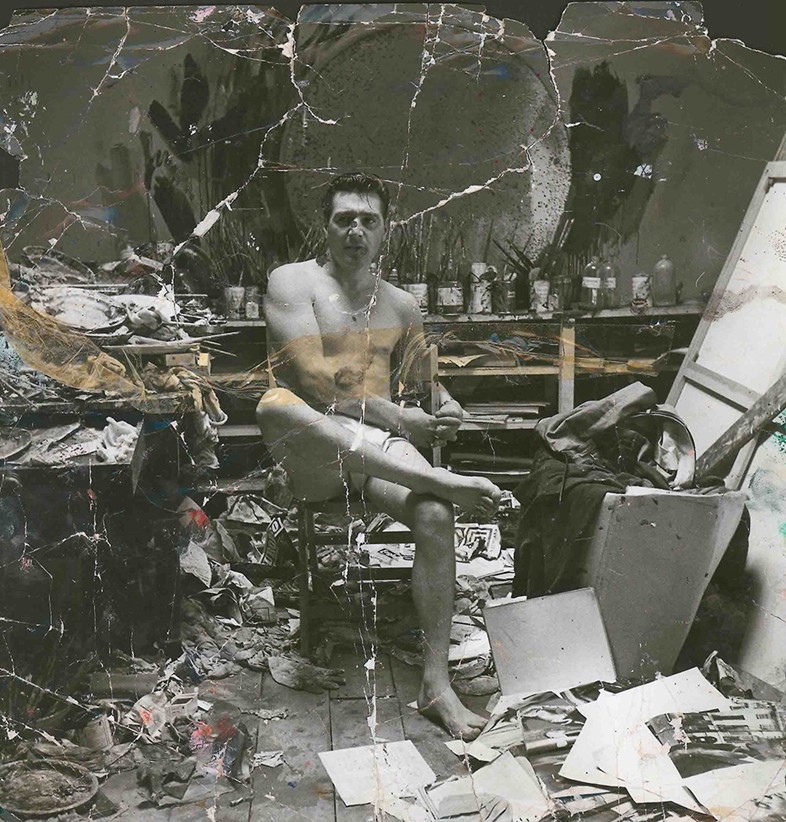
George Dyer
According to the legend, Francis Bacon met George Dyer, when he caught the young man trying to burgle his apartment: their meeting however probably occurred, more traditionally, in a Soho pub. Dyer was an outlaw who had already spent several years in prison, but soon embraced his new role as the artist’s muse, accompanying him at the openings of every show. Their troubled relationship lasted for a few years, until Dyer’s tragic death from a sleeping pill overdose in Paris in 1971, two days before a major retrospective at the Grand Palais.
